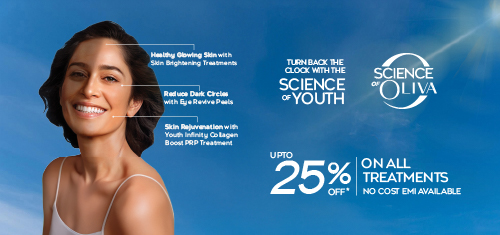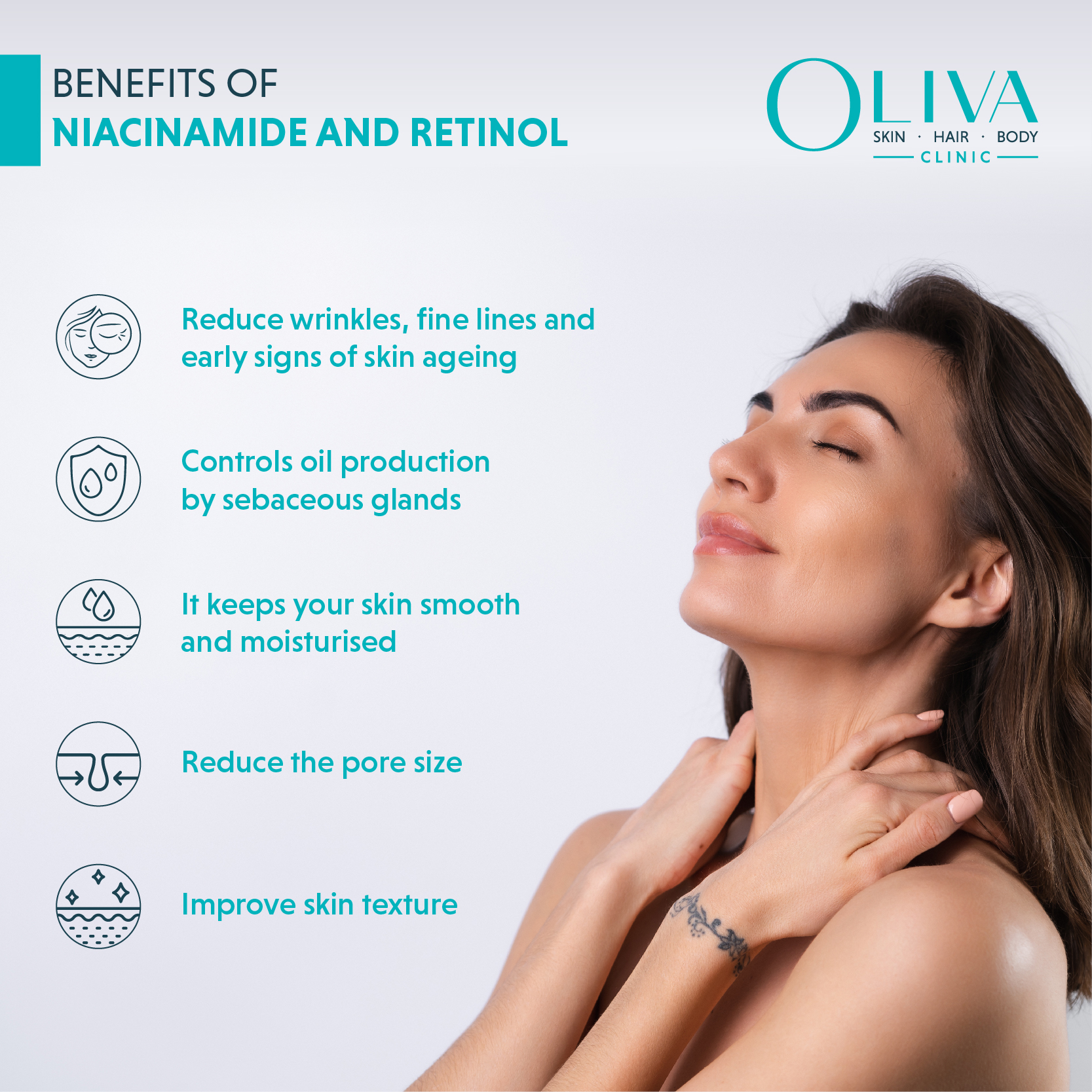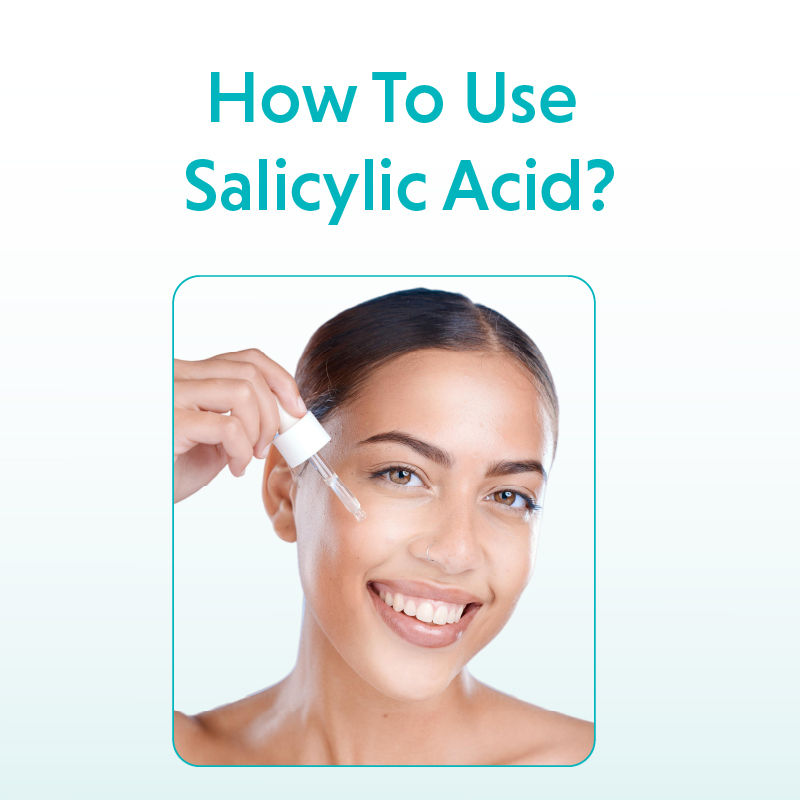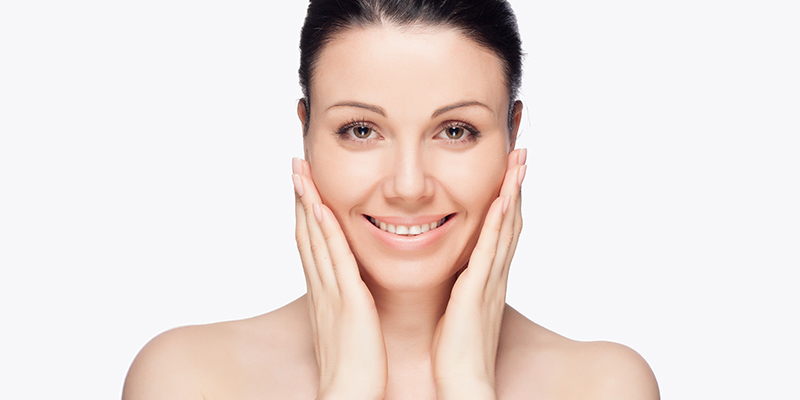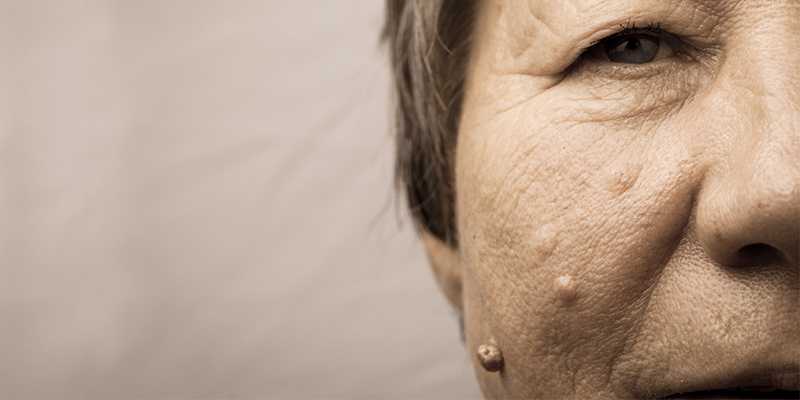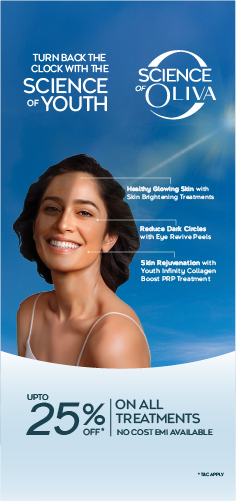In This Article
Vitamin B5 for Skin: Benefits, Uses & Side Effects of Pantothenic Acid
Vitamin B5, also known as pantothenic acid, is a water-soluble vitamin, which helps with dryness, dullness, or breakouts, gently transforming your skin health. It is a powerhouse nutrient that works at the cellular level to soothe, strengthen, and rejuvenate the skin. In this article, we look at how you can use Vitamin B5 for skin, Vitamin B5 for skin benefits, Vitamin b5 for skin side effects, and more.
In This Article
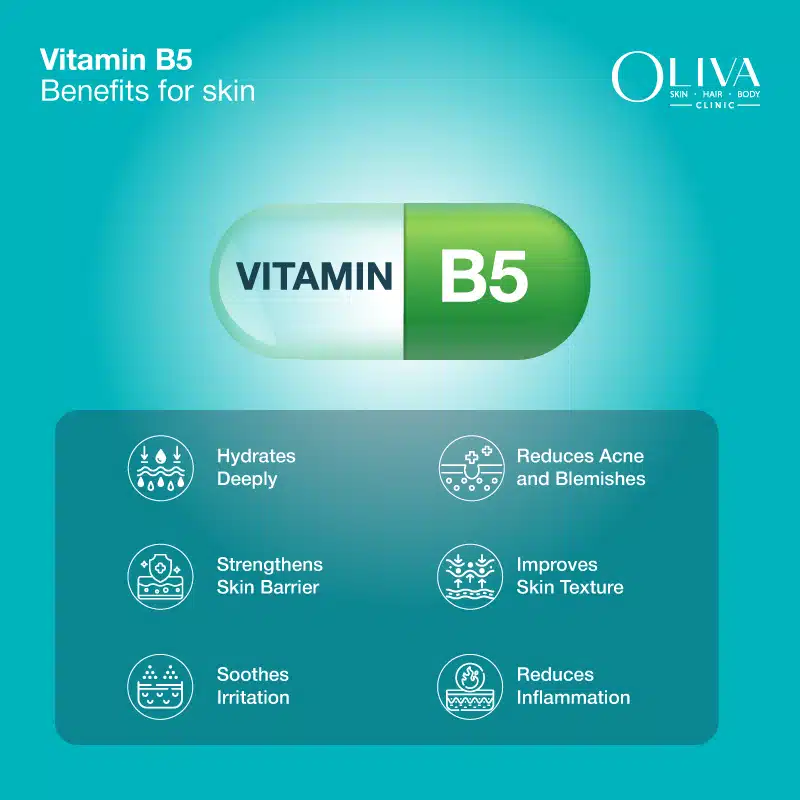
What Exactly is Vitamin B5?
Vitamin B5, part of the B-complex family and also known as pantothenic acid, is a water-soluble vitamin, that helps maintain healthy skin. It is gentle and effective for acne-prone skin, dryness, sensitive skin, and dullness, as it works at the cellular level. It supports regeneration, barrier function, and helps control inflammation of the skin.
What Does Vitamin B5 Do For The Skin?
There are many benefits of Vitamin B5 for skin. It works as a humectant, deeply hydrating the skin, and giving you a plump effect. It helps improve the strength of the skin barrier, its elasticity, and protects against pollution and other environmental irritants. It reduces skin irritation, redness and the prominence of fine lines and acne.
Benefits of Vitamin B5 for Skin
Vitamin B5 benefits for skin are plenty. It works effectively on all skin types, including sensitive skin:
-
Deep Hydration:
Panthenol can hold moisture in the skin, providing long-lasting hydration. When applied, it enters the skin and binds itself to the water to keep your skin moisturised, plump, and supple for a long time.
-
Strengthens Skin Barrier:
It supports the skin barrier functions by reducing trans-epidermal water loss [1], which occurs when water evaporates from the skin’s surface naturally. It also supports lipid synthesis, necessary to maintain the skin’s barrier.
-
Soothes Irritation And Redness:
Vitamin B5 contains anti-inflammatory properties that help calm the skin for those suffering from conditions like eczema, rosacea, and irritation from in-clinic skin treatments, tattoos, etc.
-
Reduces Acne And Blemishes:
Using Vitamin B5 for acne can reduce excessive sebum production, inflammation, and the blemishes that appear afterwards. [2]
-
Improves Skin Texture:
Regular, supervised use of vitamin B5 can smooth rough patches on the skin, improving overall skin texture. It is a commonly used ingredient in exfoliating and hydrating skincare products.
-
Anti-Ageing Effects
Loss of water and moisture in the skin can lead to fine lines and wrinkles. Using vitamin B5 helps reduce the appearance of signs of ageing as it promotes cell regeneration and hydration.
-
Enhances Skin Elasticity:
Hydration is key to maintaining skin elasticity, and vitamin B5’s ability to work as a humectant (that draws water in from air and other ingredients) and as an emollient (that locks moisture), helps improve skin elasticity.
-
Enhanced Wound Healing:
Vitamin B5 improves tissue repair, helping skin heal faster after minor cuts, burns, and post-acne marks. [3]
-
Protects Against Free Radical Damage:
Vitamin B5 has antioxidant properties that neutralise free radicals and the damage they cause.
How To Add Vitamin B5 In My Skincare Routine?
You can include vitamin B5 in your skincare in the following ways:
Topical applications:
- Serums: These are lightweight, and the skin absorbs them easily. You can layer them with other products.
- Moisturisers: These help lock hydration in the skin.
- Cleansers: These are gentle formulations that cleanse and keep the skin barrier healthy.
- Masks And Spot Treatments: You can try these to reduce redness and inflammation caused by acne.
Oral Medications:
Consult a dermatologist or a nutritionist to take vitamin B5 in oral form for your skin.
What Ingredients Pair Well With Panthenol?
Pathenol or provitamin B5 is a versatile ingredient that pairs well with a number of actives. Here is a list:
1. Vitamin C With Pathenol: In your morning skincare routine, apply Vitamin C first and follow it up with pathenol. This prevents irritation.
2. Hyaluronic Acid With Pathenol: First apply hyaluronic acid on damp skin and then pathenol to lock in the hydration. This combination soothes the skin.
3. Niacinamide With Pathenol: Apply niacinamide first for skin brightening and strengthening the skin barrier. Then, apply pathenol for a calming effect and improving barrier repair.
4. Ceramides With Pathenol: Apply pathenol first to prep and soothe your skin, then the ceramides to seal in the moisture. This layering helps strengthen the skin barrier.
Who Should Use Vitamin B5?
People with dry, sensitive, or acne-prone skin, seeking to improve hydration and skin texture, can use it. While vitamin B5 offers many benefits, we advise you to consult a dermatologist to see if it works for your skin.
Are There Any Potential Side Effects?
Topical application of vitamin B5 is safe, but some may experience mild irritation. Thus, it is important to apply only after a dermatologist consultation. Excessive oral dosage may cause diarrhoea or discomfort in the stomach.
Takeaway
Vitamin B5 is a gentle ingredient that hydrates, heals, and protects the skin. It is effective for sensitive, acne-prone skin and treats dullness. It is versatile and is suitable for all skin types. However, we recommend that you consult a dermatologist before you include it in your skincare routine to determine its suitability and avoid any side effects.
Frequently Asked Questions On Vitamin B5 For Skin
Vitamin B5 helps regulate sebum production, so yes, it can reduce oiliness. However, relying just on B5 to reduce oiliness may not help.
No, Vitamin B5 is not niacinamide. Niacinamide is vitamin B3, while vitamin B5 is pantothenic acid.
Vitamin B5 indirectly helps in skin lightening through hydration, cell turnover, and collagen production
Yes, as it helps regulate oil production, it can reduce acne and future breakouts.
Chicken, eggs, mushrooms, fortified cereals, and avocados are some of the best sources of Vitamin B5.
Vitamin B5 deficiency is extremely rare, but it can cause fatigue, headaches, numbness, and skin irritation, as it affects metabolism and nerve function.

